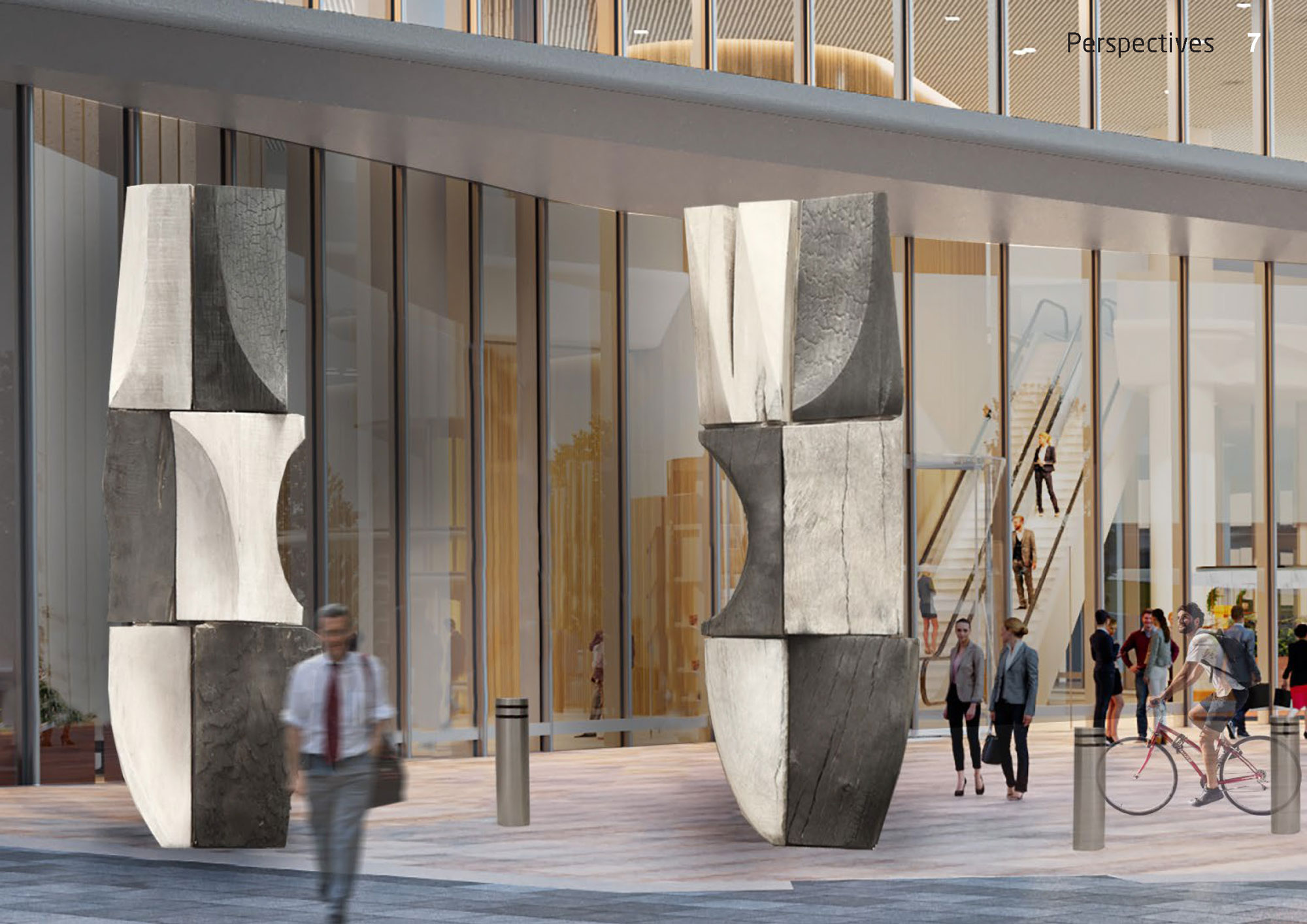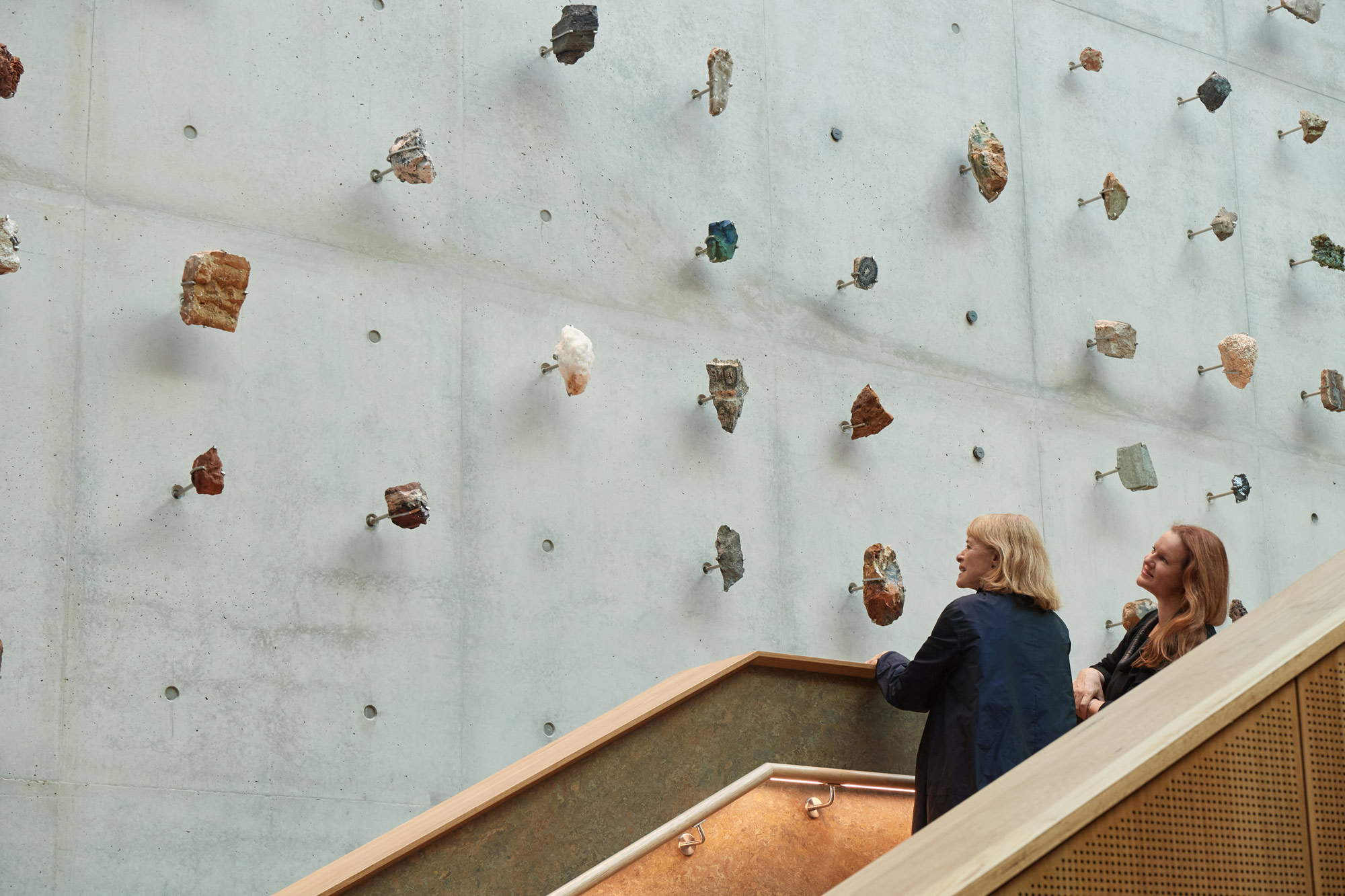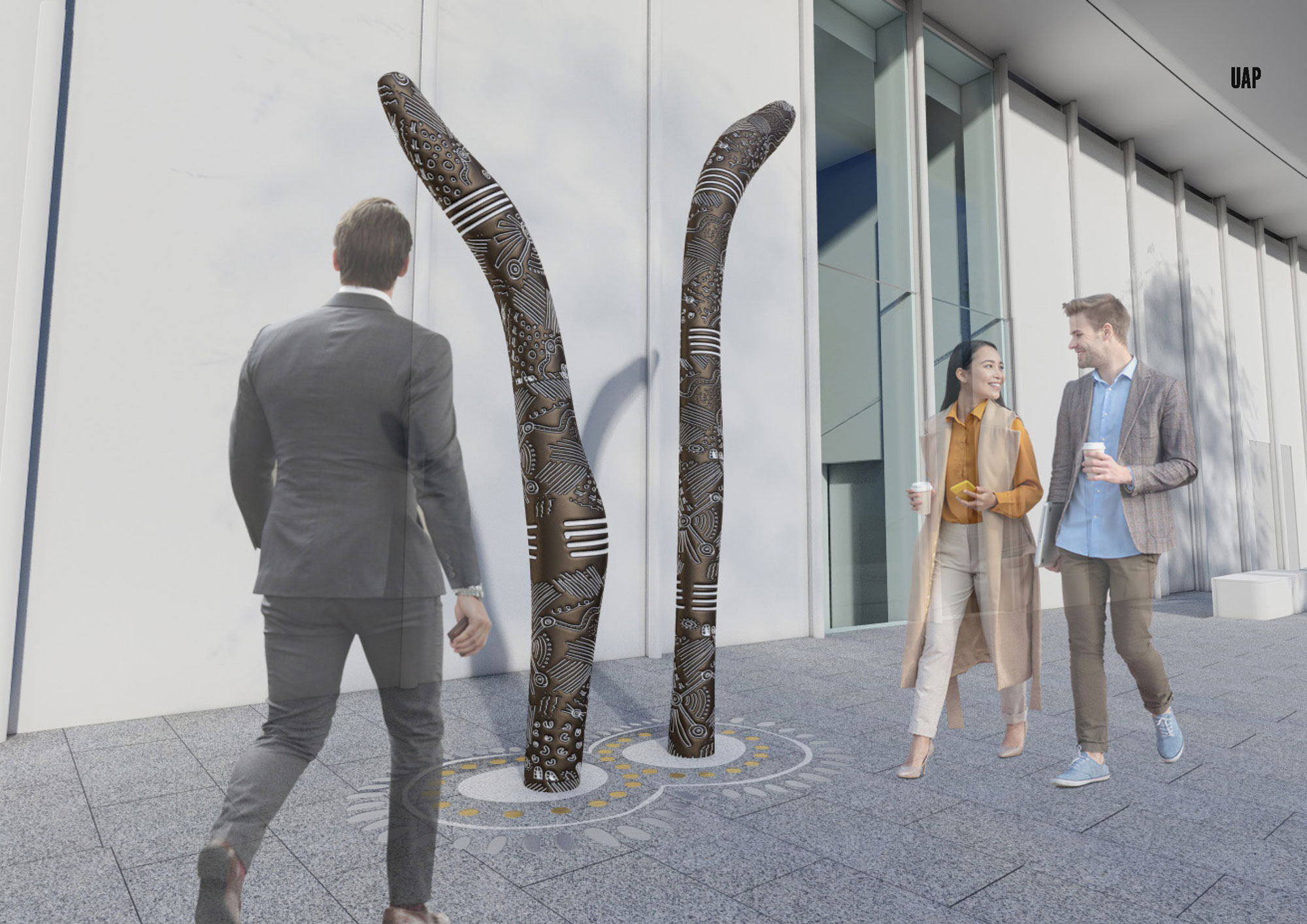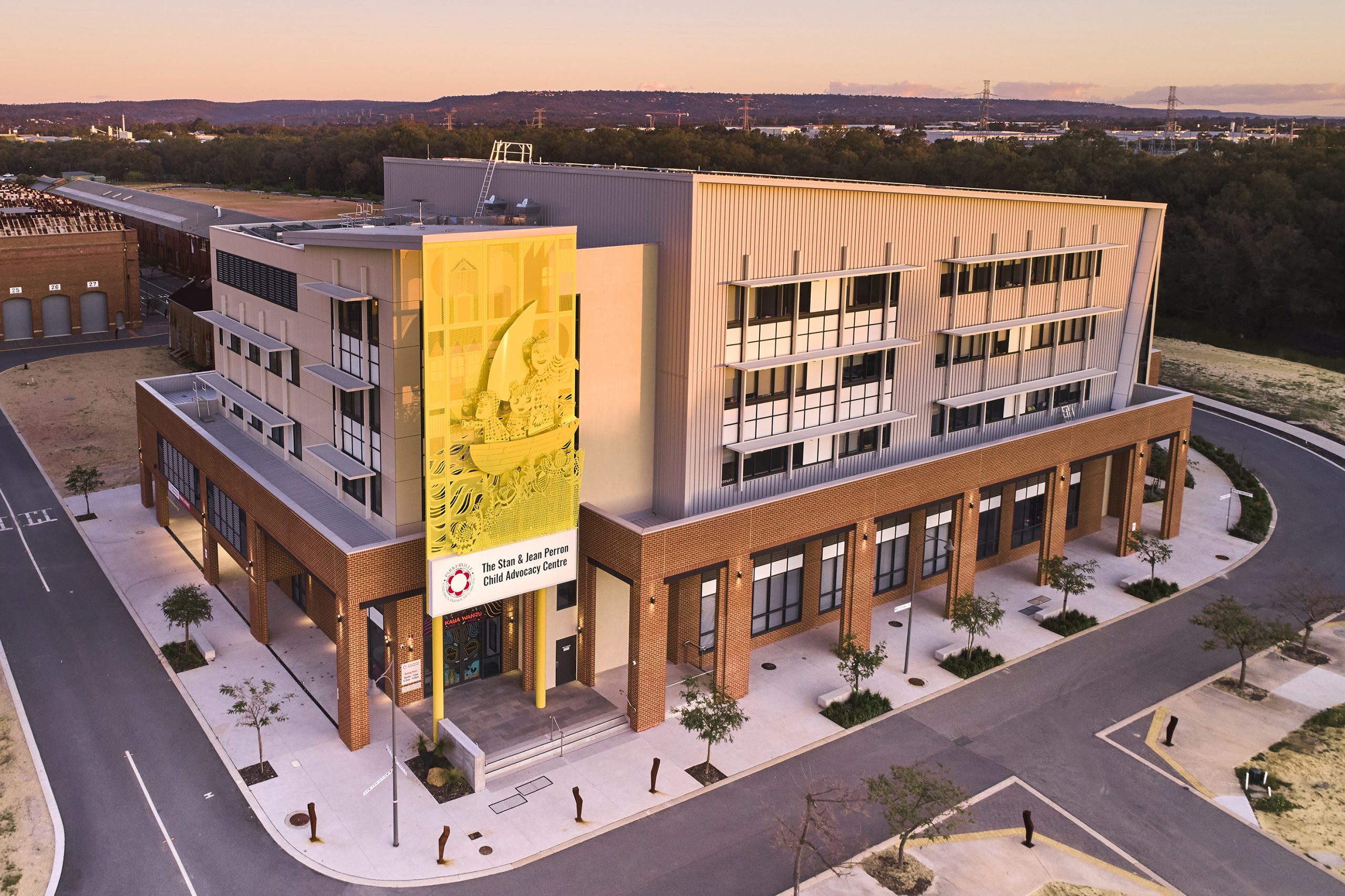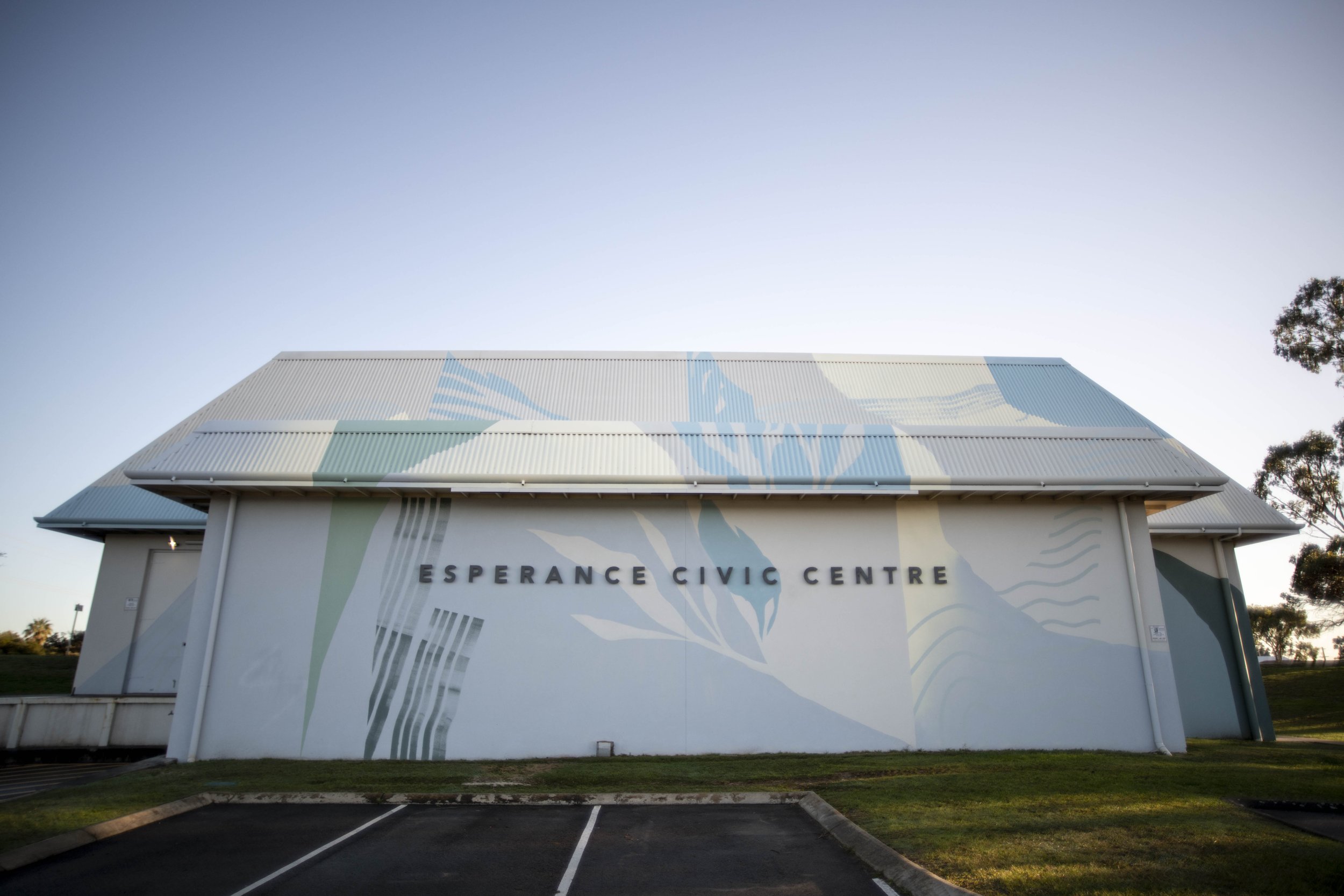A series of nodal artworks were proposed which complement the choreography of pedestrian movement through the precinct and enable a conversation with the site to take place as you make this journey. Composed of stainless steel and safety glass, the sculptural forms undergo a unique day to night transition. This transition is caused by the use of a purpose developed mirrored glass with a laminated, coloured, safety interlayer.
By day, the glass surface functions as a reflective mirror creating a continual dialogue between the viewer, the landscape and the built environment, while at night, the glass surface exudes a soft coloured glow allowing the forms to function as beacons or wayfinding elements throughout the site. The materiality of the artworks, the playful nature of their reflections, the optimism and anticipation provided by the evening glow and their scale (2 to 4mH), humanises these interventions. The forms become active participants in the landscape, embedded in the visual language of their surroundings.
The placement of the artworks throughout the site follows a paleo water channel which was buried by sands which now cover the site and which were associated with the last sea level rise at the end of the Pleistocene, approximately 12,000 years ago. By acknowledging that along this paleo stream system there would have been waterholes, campsites and gathering nodes and by imparting their memory into imaginary locations along the desire lines in the current green infrastructure and landscaping we create a connectivity between the past, present and future and re-affirm the cultural connection to water.
In this manner the narrative of the works and their placement addresses the theme of seeing the unseen.
Source: https://www.warrenlangley.com.au/project/place-to-place/
